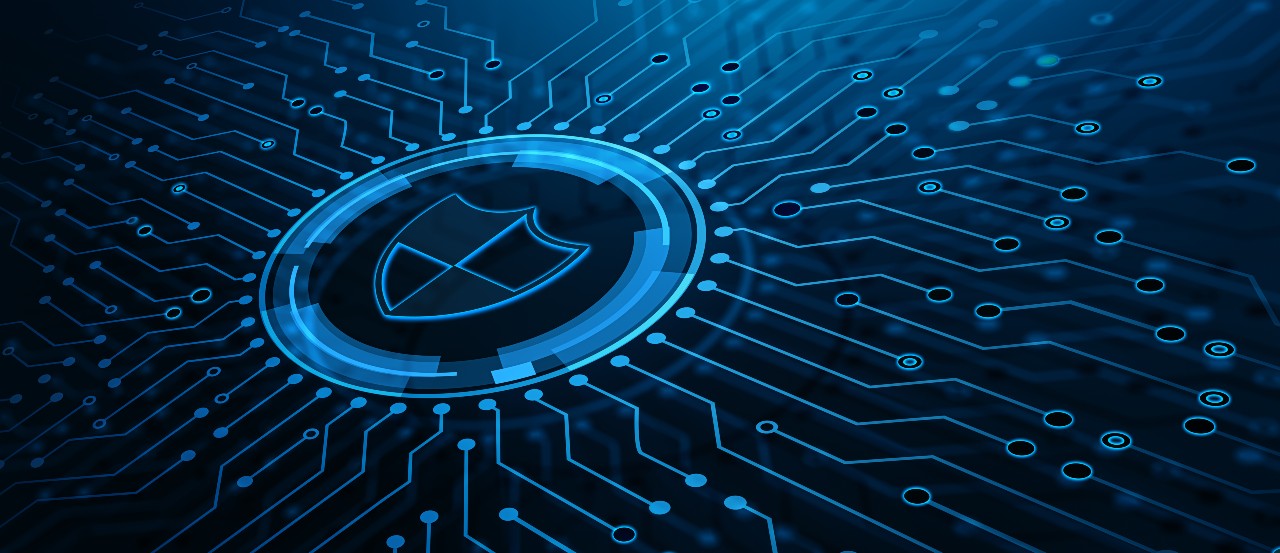The stakes of cyber security have never been higher. Attacks have become complex and sophisticated.
Mobility, work-from-home, and the spread of IoT have increased the attack surface of late. By 2027, there will be 41 billion IoT devices connected online. The rush to move applications to the cloud in the wake of the COVID-19 pandemic weakened enterprise networks big time. Migration in haste led to many security holes and misconfigurations.
Side-by-side, attack vectors evolve and increase exponentially. Cybercriminals release 200,000+ new malware samples every day, on average. They use Artificial Intelligence and other emerging technology to launch precision attacks based on demographics and psychographics. The top three botnet kits – Andromeda, Gamarue, and Wauchos compromise more than a million devices every month. Criminal networks in the dark web sell various attacks-as-a-service. Hackers launch Advanced Persistent Threats (APT) with impunity using such resources. Cryptocurrencies make it easier for cybercriminals to get away with ransomware attacks. In fact, many ransomware attackers now straight away demand ransom without bothering to encrypt the data first.
To compound the woes, the crippling skill shortage in security and other IT domains show no sign of abating. Most security teams are now overworked, overwhelmed, and strained. The challenging business environment brings about resource constraints.
The portents are worse. As 5G networks become mainstream, several vulnerabilities riding on these new networks will come to center stage. Privacy is already a mess. Self-regulation has failed. New confusing laws and user-revolts as a counter-reaction will soon become commonplace.
Conventional security deployments such as firewalls no longer keep attackers at bay. Likewise, reactive security practices that kick in once a breach occurs are obsolete. The sheer volumes and the infinite attack surface mean network security has grown beyond a human scale problem.
As cyber attackers launch Artificial Intelligence (AI) powered attacks. Cyber security experts fight back by deploying AI-powered network security tools themselves. Here are the top innovations in this space that will become popular in 2022.
1. Dynamic Network Visibility
Staying abreast of the latest threats requires complete and dynamic network visibility. Network security experts need an audit of the security deployments. They also need each connected asset’s number, type, and business value. In today’s dynamic networks, where users connect remotely, the configurations change by the minute.
New, innovative platforms leverage machine learning and deep learning for continuous inventory checks. These tools unearth all IT assets connected to their networks, even hidden assets embedded inside other assets. The application of machine learning and deep learning enables continuous monitoring of assets. The security team understands the threat environment better and enables proactive countermeasures.
Comprehensive visibility into the attack surface increases the cyber resilience of the enterprise.
Cycognito, a cyber security start-up, offers continuous proactive mapping of the network. The platform maps and organizes enterprise assets and endpoints exposed to the Internet. The tool thinks from a hacker’s perspective to seek vulnerabilities, weaknesses, and paths of least resistance.
DarkTrace bases its approach on the human immune system. The tool uses machine learning and artificial intelligence to hunt for attackers. The algorithms spot patterns and trends across distributed environments. It learns from experience to become more accurate.
2. Posturing
Effective security depends on drawing up holistic strategies. The AI-powered system prioritizes the most critical assets and likely threat vectors. Often, security breaches occur because of misconfigurations and unprotected user accounts. Security posturing detects such issues, enabling cyber security teams to make prompt interventions. Posturing tools also help with regulatory compliance in real-time.
The network posturing approach considers the entire ecosystem, including hardware, software, people, and policies. It manages the defenses by making interventions to correct these key elements. The approach changes in real-time to sync with changes in the threat environment.
Several enterprises adopt innovative fuzz testing to check the posture of IT assets. Fuzz testers deliberately crash the application to understand the impact and prepare the countermeasures.
As a case in point, Netflix’s Chaos Monkey attacks its services to build resilience.

3. User-Based Analytics
The cyber security industry has shifted from traditional signature-based threat detection to user-based analytics.
AI-based security systems track user behavior and red-flags suspicious behavior. Such behavior analytics (UBA) resolves a big blind spot in enterprise security. It differentiates legitimate user activity from hackers who operate with stolen credentials.
UBA goes much beyond comparing the user’s past and present activity. It also offers peer analysis, or how people in similar roles behave, to flag suspicious behaviors. Of late, many providers have innovated to extend behavioral analytics
4. Hardware-Based Authentication
Hardware-based authentication is a fool-proof way to secure endpoints. Until recently, IT hardware majors paid scant attention to hardware-based authentication. But as IoT becomes commonplace, baking authentication into hardware becomes critical. The increasing threat from IoT devices makes hardware-based security measures more serious.
Of late, several innovations have taken place in the hardware space.
Intel’s sixth-generation Core vPro processor combines multiple hardware-enhanced factors to validate user identity.
The latest SIM authentication protocols leverage smartphones to access networks and accounts.
As enterprises understand the implications of security they shun unsecured IoT things and other hardware and opt for devices that co-opt robust authentication protocols.
5. Zero-trust architecture
The conventional perimeter approach assigns trust based on the network location. The new zero-trust architecture disregards IP addresses and considers every action unauthorized unless authorized. The zero-trust approach is “guilty until proven innocent.” It is a policy of taking nothing for granted.
Perimeter 81, an Israeli-based start-up, is mainstreaming its recent innovation that disrupts VPNs and firewalls. The new product, a secure access edge, offers users secure access to remote networks based on zero-trust architecture. Perimeter 81’s partnership with SonicWall combines zero-trust networking with cyber security capabilities.
Most enterprises underestimate the implications of poor cyber security. When a breach occurs, data loss is the least of the worries. Enterprises take a long time to recover, if at all, from the collateral damages. Ruinous fines, degraded customer experience, and potential loss of trade secrets. Sound investments in cyber security help enterprises set up state-of-the-art systems with ease.












